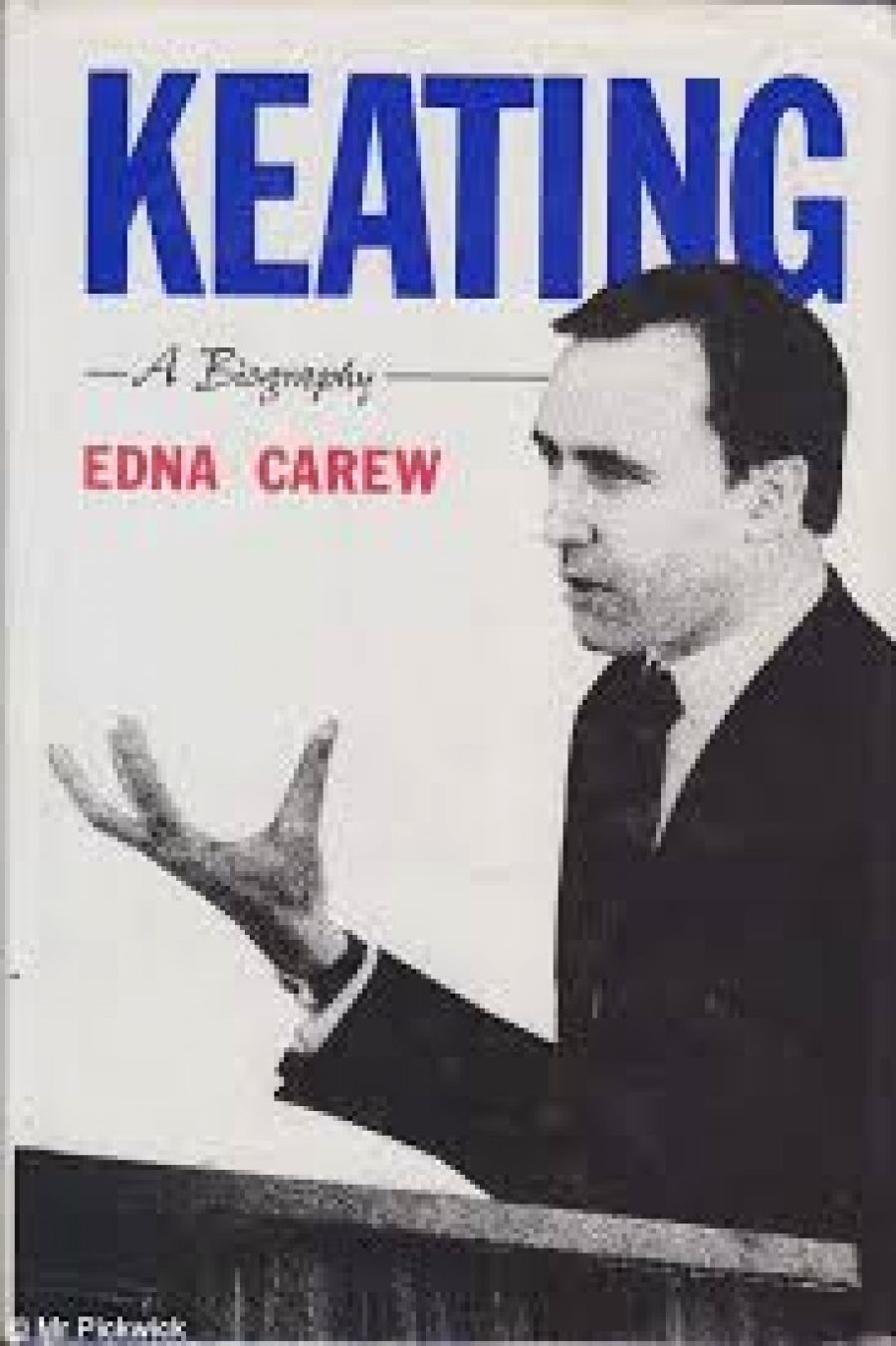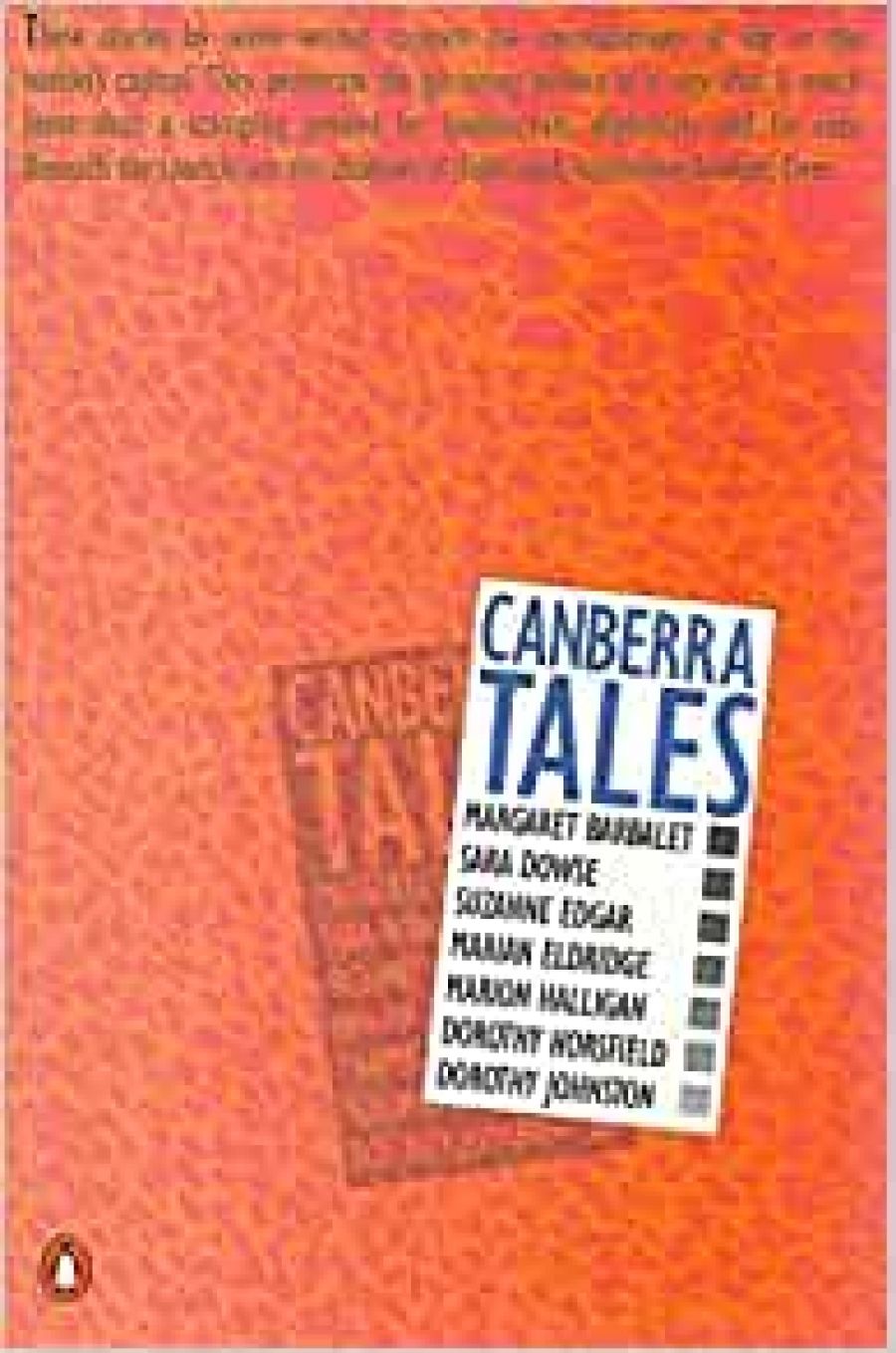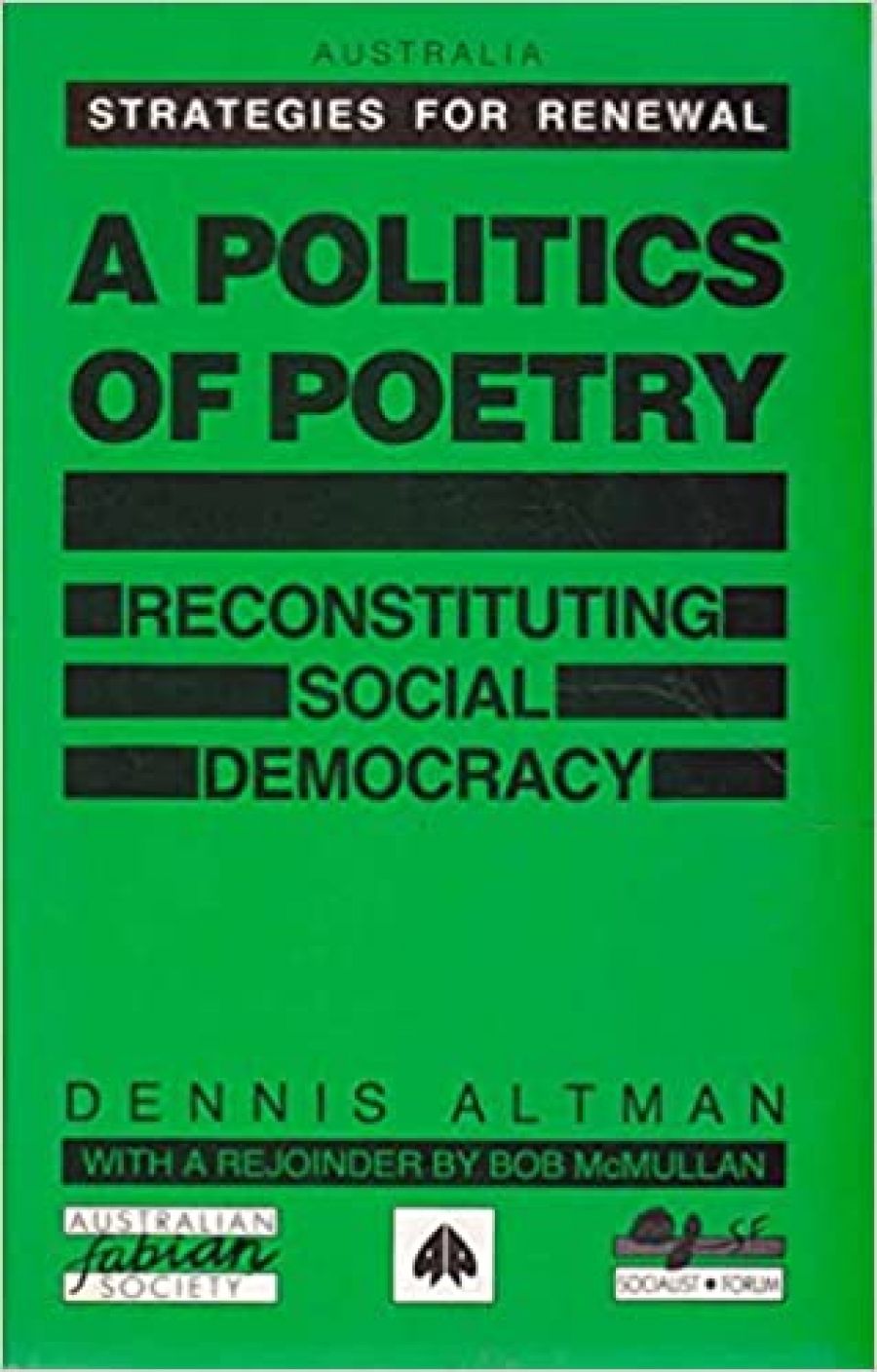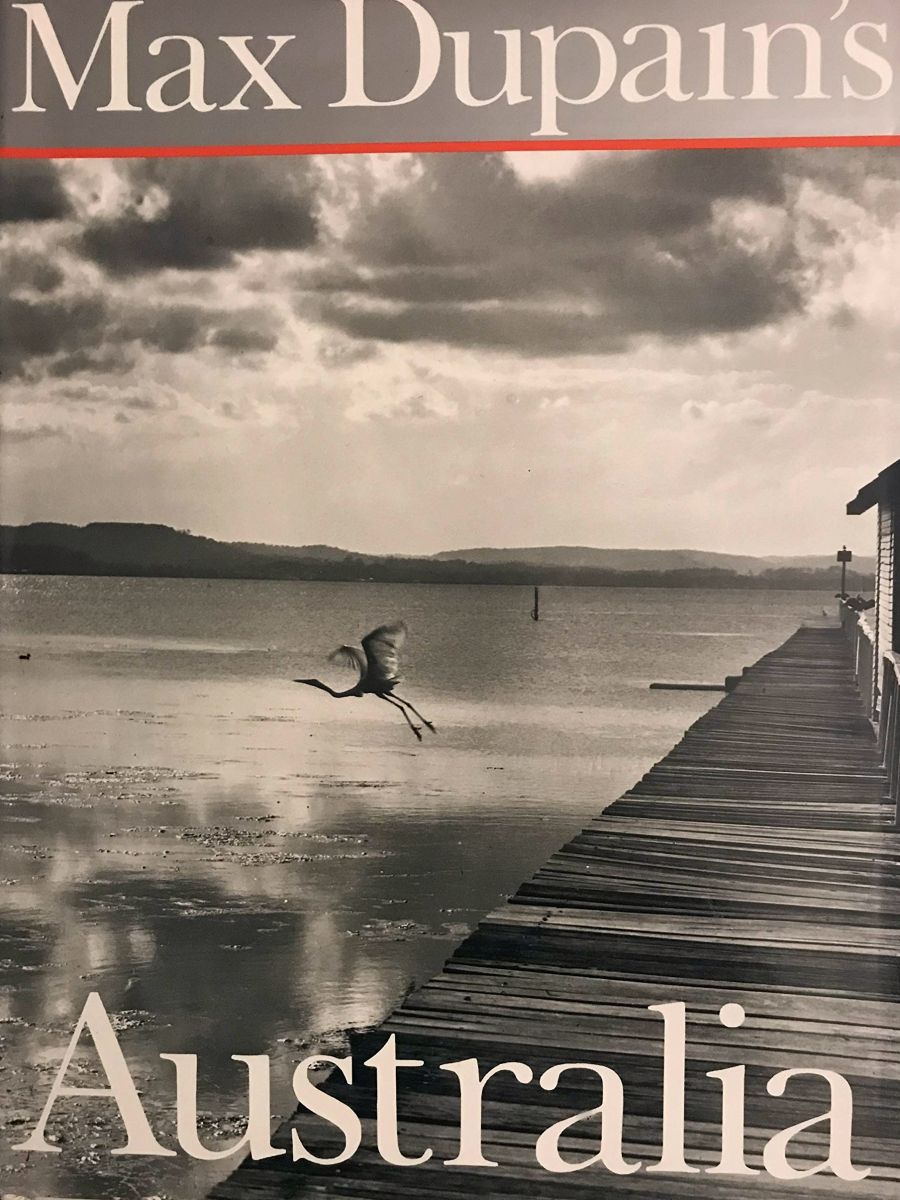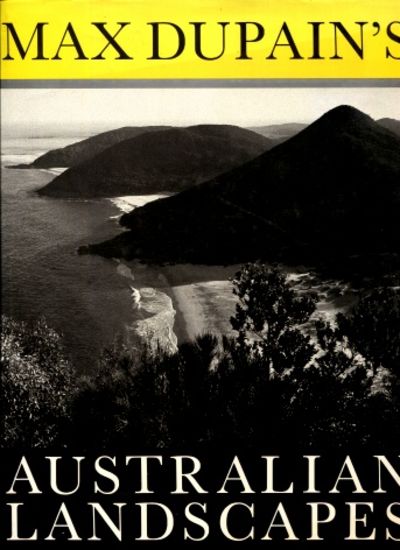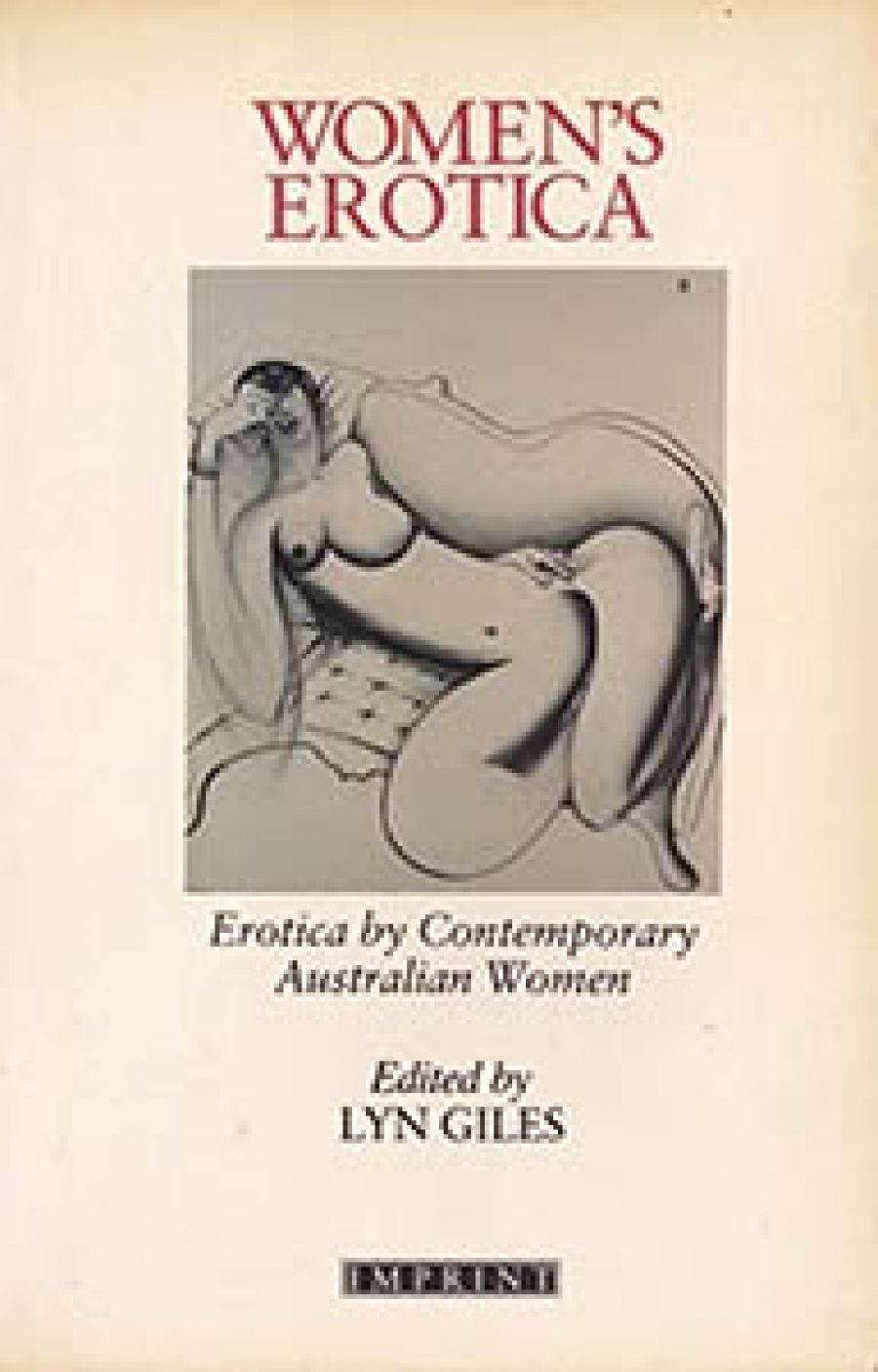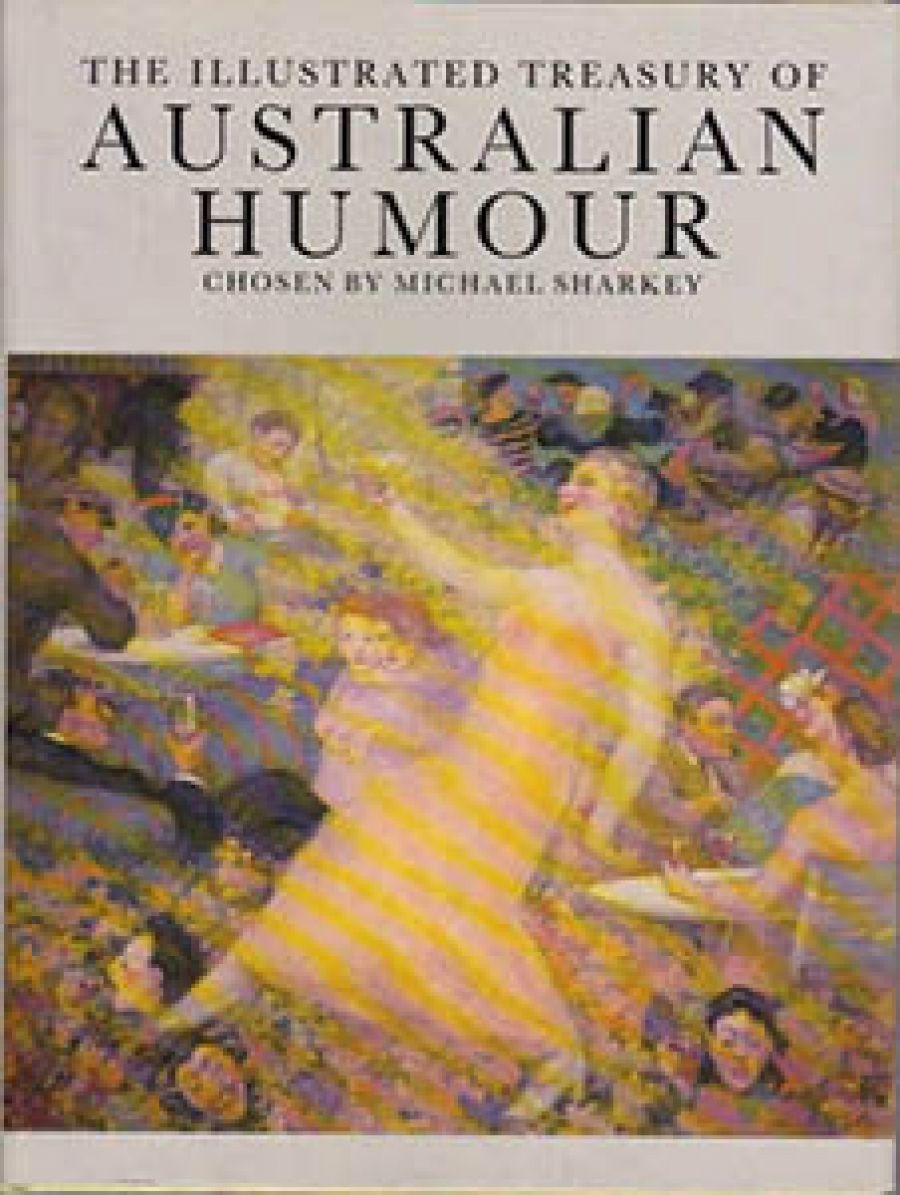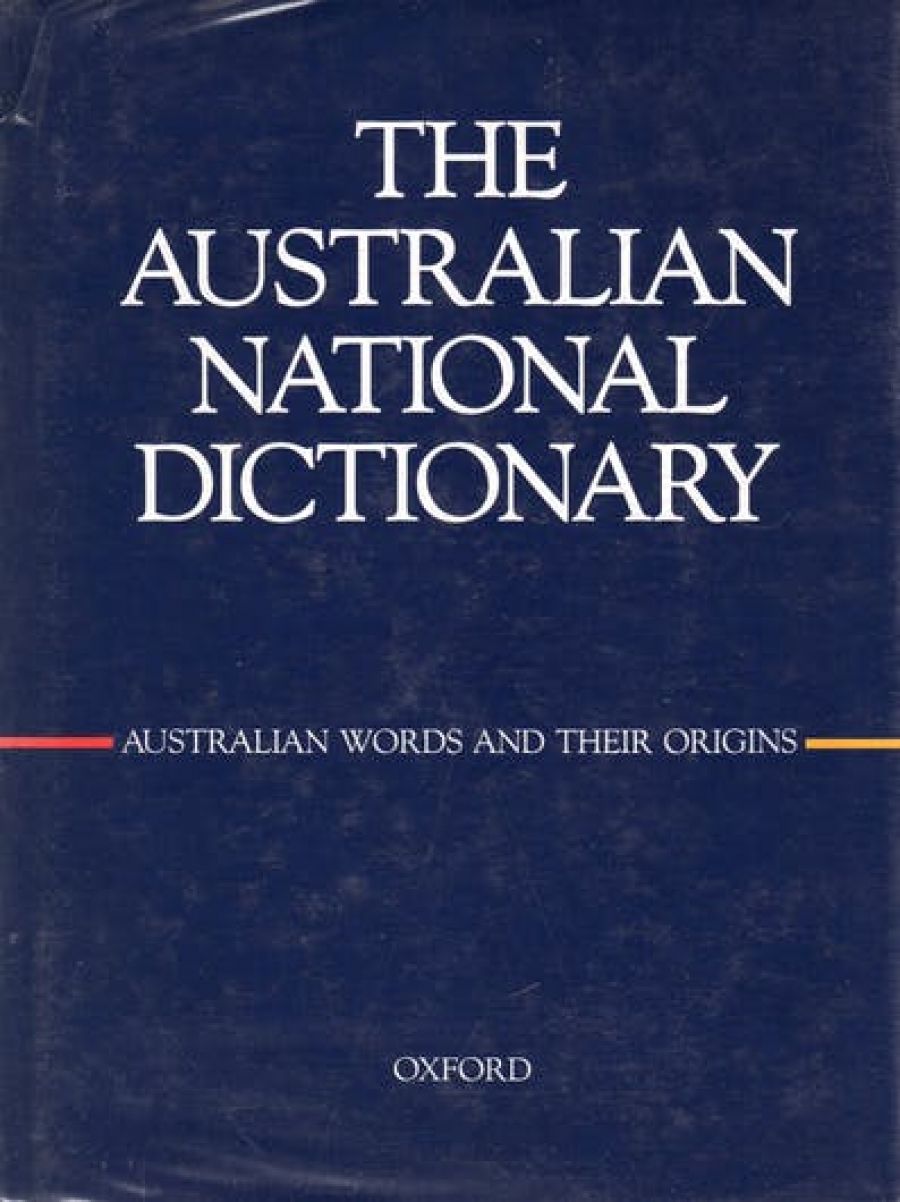
- Free Article: No
- Contents Category: Language
- Review Article: Yes
- Online Only: No
- Custom Highlight Text:
Apart from Abbott’s booby (the gannet Sula abbotti, which now breeds only on Christmas Island), all entries on the first two pages of the Australian National Dictionary pertain to race and white foundation. Is this mere chance, or do we here have an instance of the knack of language to trap and reticulate human experience from its very springs? Probably a spot of both. Whatever: how apt that a dictionary of Australianisms based on historical principles should start with words such as Aboriginal, abolition act, abscond, and absolute pardon. Absolute pardon is followed by acacia, whose bloom is the emblem of our national besottedness.
- Book 1 Title: The Australian National Dictionary
- Book 1 Subtitle: Australian words and their origins
- Book 1 Biblio: Oxford University Press, $75 hb, 814 pp
Apart from Abbott’s booby (the gannet Sula abbotti, which now breeds only on Christmas Island), all entries on the first two pages of the Australian National Dictionary pertain to race and white foundation. Is this mere chance, or do we here have an instance of the knack of language to trap and reticulate human experience from its very springs? Probably a spot of both. Whatever: how apt that a dictionary of Australianisms based on historical principles should start with words such as Aboriginal, abolition act, abscond, and absolute pardon. Absolute pardon is followed by acacia, whose bloom is the emblem of our national besottedness.
I went from A to Z, and could find little that smacked of the eschatological or even the mildly terminal, which might augur well for pale Australia as it hops towards the end of the second millennium. The very last entry is, however, zygomaturus – a large extinct marsupial.
The Australian National Dictionary, subtitled ‘Australian Words and Their Origins’, edited by W.S. Ramsom, is the first historically based dictionary of Australianisms after E. E. Morris’s Austral English (London 1898). Ninety years seems a long time to wait. Since the gumnut patriotism of the Bulletin School epoch Australia has steeped itself in some seventy years of cultural servility. So, given the preparation time for such a volume, its appearance now should come as no great shock.
W.S. Ramson’s creditably brief and crisp introduction states ‘Our intention was to record as fully as possible that part of the vocabulary which could be regarded as fully accessible to most Australians.’ The Macquarie Dictionary seems snooty and prescriptive by comparison, when he goes on to say ‘We have taken the view that, while it is sometimes a proper part of the descriptive process to use a subject label to indicate that a word is restricted to a particular field of activity, there is a danger that using labels to indicate register can be over-interpretative and over-restrictive. This seems particularly true of Australian English, which allows easy movement between formal and informal usage. ... Labels like coarse, colloq., derog., and vulgar, which tend unnecessarily to categorize, have therefore been omitted.’
At the front of the dictionary, a table of fifty-eight Aboriginal languages is provided, along with a map of Australia locating the counties of use. ‘Some four hundred borrowings from Aboriginal languages are recorded. For most a source language has been identified, no small task given that there were over two hundred languages at the time of European settlement, of which many are now dead and a good number of the remainder in decline.’
A fair specimen is borak, as in ‘to poke borak’ at a person. It is adapted from burag, a word of the Wathawurung language (that of the Geelong push) expressing negation. Borak, as once held, has no connection with barrack - the latter probably derives from Northern Ireland dialect: ‘barrack, to brag, to be boastful of one’s fighting powers’. Aboriginals have certainly influenced our language. I sometimes wonder, particularly when watching the plays of Jack Davis, whether they have not shaped behaviour, especially our infamous laconic humour.
An enthralling feature of the Australian National Dictionary (I refuse to abbreviate it into AND!) is the wealth and variety of citations which attend the entries, illustrating and illuminating usages. Ramson, with a team of assistants and researchers, has scoured fastidiously through fiction, poetry, drama, history, biography, diaries, letters, other dictionaries, works of science, newspapers, and journals.
I very much enjoyed, for example, a citation to battler, that overworked and unctuous substantive deployed to romanticise Australian mediocrity. It comes from The National Times 10 January 1986: ‘You bloody trendies,’ he shouted, ‘you move ... and the housing prices go bloody berserk. And what happens to your poor Aussie battler. One day this whole place’ll be just like Balmain – a refuge for the terminally smug.’ Was this Barry Dickins attempting to purchase a house by auction in Leichhardt?
Another pleasing citation accompanies tats, or tatts, meaning teeth, usually false teeth, a figurative use of English slang for dice, especially false dice. It is one that would appeal to citizens of the turf, and comes from the Bulletin 1939: ‘Where will you find a man willing to crawl up behind a horse and fasten his tats in its fetlock?’
While on the topic of racing, it was satisfying to find expressions such as emu, urger, whisperer, swallow-catcher (a rapid horse), there’s a whale in the bay (big spender on the course) and to bet like the Watsons (prodigally). Missing are gutter (the area in front of the totalizer), shillelagh (whip), pigskin artist (jockey) and, with respect to greyhounding, dish-tickers (dogs). Smokie, a term much in use on the courses and public bars, was not to be found in the sense of an obscure rustic horse that gets up in a boilover at a city track. I’d be surprised if its use were exclusive oral.
The entries on smoke are all intriguing, in particular smoke concert (an informal social occasion at which guests smoke and chat), and the verb smoke, intransitive and transitive (to make a hasty departure, and to effect the departure of a person). What a shame the wonderful utterance of Jimmy Brockett (in the novel of that name by Dal Stivens), ‘Watch my smoke’, did not earn inclusion.
The scorn with which mainlanders have held Tasmania is enshrined in terms like the Speck and Tight Little Island for that aristocratic state. I was almost relieved to discover Insect Isle absent. While on the Apple Isle, here is the lament of a tainted ‘Tasmanian lady’ in 1872: ‘It will be long, long years before the stain of our birthmark shall wear away; it will break out again and again; it will cling to us as Gehazi’s leprosy clung to his accursed and suffering offspring.’
Among a few citations I found Australianisms – or what I assumed were Australianisms – which did not appear as entries elsewhere. The most obvious was harolds, from Bazza Pulls it Off by Barry Humphries: ‘I reckon she would have dropped her harolds and gone off like a two-bob watch at the first Pom to have a Captain Cook at her bloody norks!’
I’ve consulted dictionaries of English and American slang, but to no avail. I’ve consulted whackers from suburbs such as Footscray and farflung Port Adelaide. I have even consulted alumni of South Camberwell Primary School (which school Humphries attended). The word remains a mystery. Please don’t write in. I’d now prefer to think of it as a barmy neologism.
As an adenoidal and rheumy lad, I, and other guttersnipes, would scale fences around Bendigo and plunder trees for quangers. The Australian National Dictionary suggests that quanger comes from the French for quince, coing. I’d suggest another possibility, that quanger is a mere diminutive of quince. Tin lids and ankle-biters have a great propensity to form diminutives, and frequently favour ‘g’ in the affix. For instance, sparrows were often known as spags, though we sawn-off Bendigonians called them spriggers; we named wattlebirds wattlings. While addressing diminutives, it seems to me that franger (not included) might derive from Frenchie (French letter), or be a figurative diminutive of frankfurt (as in cocktail); or, more reconditely, be an ironic diminutive of frangible.
Unless hard historical evidence in the form of citations exists, it can be dangerous to link quanger to coing, and franger to frangible. By way of illustration it would be possible to suggest that orchs (slang for testicles) derives from the Greek for testicle, orkhis. Instead, we have a choice of linguistic accident: orcha is a shortening of orchestra stalls (English and Australian rhyming slang for balls). Orchs does not appear in Eric Partridge’s A Dictionary of Slang and Unconventional English.
I was delighted to find hooer in the Australian National Dictionary. It was a popular insult of my youth. I have always assumed hooer to be an Australianism (from whore), but found it (as a term of abuse) among some dialect dialogue in a play by Henry Livings several years ago. Henry’s formative years were passed in Lancashire.
Henry reminds me of another Henry, the word for turd, from Henry the Third. The book at hand has a William, obviously from William the Third. Plumbers of my acquaintance, ranging from my late father to contemporaries in Melbourne, have all used Henrys on the job. This might sound prescriptive, but I find Henry much funnier than William, and feel the former should usurp the latter. Still, part of me relishes the connection between William of Orange and soil.
One of the gun entries in the Australian National Dictionary is Barcoo, a river and district of western Queensland. This Edenic shire is responsible for the Barcoo Sandwich (a curlew between two sheets of bark; not to be confused with the Paroo Sandwich: a blend of beer and wine), the Barcoo Spew (a chundering affliction pretty much the same as the Beylando Spew, Burdekin Vomit, and Chim Park Chuck), and the Barcoo Rot (a species of land scurvy distinguished by recalcitrant festering sores and scrofules of the arms and legs). At the risk of revealing more of my interests, I must say how much I appreciated many of the entries relating to alcoholic beverages, not the least being sting, tangle, wallop, Adrian Quist, brewer’s goitre, sunset rum (metho, kero, Worcestershire sauce, ginger, and sugar), shypoo, and chain lightning (a cheap, crude spirit). An obsolete verb, surround, is surely worth reviving ... ‘He used to surround a good deal of liquor .. . ‘.
It was reassuring that Jimmy Woodser (one who drinks alone; a drink taken on one’s own) does not seem much in need of revival, since the several citations ranged from 1892 (when the Barcroft Boake poem about a lone drinker, Jimmy Wood, was first published) to 1981. Near Woodser apears the graphic verb wooden (to strike down, to stun), and the related noun woodener: ‘A woodener on the jaw ... sent him down for the count.’
Did you know that blowie (Lucilia cuprina) was introduced to Australia this century? I, like Keith Dunstan, assumed it indigenous. What is a blister? Does it astound you that Sydney was at first styled the camp? Did you know that yahoos were at large in Australia before their ‘invention’ by Dean Swift? Were you aware that a wine dot is a pun on Wyandotte (an American breed of heavy fowl)? What do bong tongs and a shivoo have in common? Finally, where are the Shaky Isles?
I can at least tell you that they’ve nothing to do with the Hawkesbury Rivers, which is akin to the Joe Blakes, a trembling of the dooks manifest the day after a leanaway has got inkypoo on lunatic soup.
The Australian National Dictionary contains some sweet meta-lexicographical touches. Firstly, in a citation to sucker-basher (Bulletin 1972): ‘One job that gave me great pride, if only from an etymological point of view, was that of ring-barker, suckerbasher.’ Secondly, in a citation to Australianism we have from the Macquarie Dictionary (1981): ‘Our dictionary is not merely a dictionary of Australianisms.’ W.S. Ramson was one of the four authors of the Macquarie.
Among the dictionary’s six thousand main entries, among its myriad combinations and collocations, I most missed dud and dudder, job and snot, dingo degree, singleton, cluster, tossle, squirrel-grip, to open your lunch, to pack a nice lunch, Mrs Palmer and her five daughters, Spanish Dancer and Bengal Lancer, Skip, to throw a map, sprog, spong, Mexicans and Gringos, goose, agricultural shot, screamer, pluto, poop, pill, and surface (as in ‘How did you surface after a night of Africa speaks?’). Some of these, such as Skip (a term for an Aussie used by young Greek and Italian Australians), are oral, and may take a while to seep into our printed literatures.
How to characterise Australianisms? I’d say they were a peculiar amalgam of the ornate and taciturn, elliptical in style yet direct in content, often figurative and devious - bespeaking a code of silence more physical than metaphysical: ingenious rather than genuine, the comic language of an ostensibly rulerless class over-inclined to dodge Pompey but not inclined to rock the head sherang’s boat, the idioms of alienation and non-identify: irony, distance, rhyme, and pith.
Australianisms, while ‘fully accessible co most Australians’, shou1d not be viewed as the expressions of most Australians. Australianisms have more to do with invention and wit.
With this in mind, I would like to cite a citation for scalper: ‘Two scalpers entered a liquor house in Springsure, ordered two pints, and passed a dingo scalp over the bar in payment. Mrs Public-house ... handed over as change three wallaby scalps.’
Australoid also warrants a mention, given its definition: ‘Of, allied to, or resembling the ethnological type of the Aborigines.’ B. Yamaguchi (Comparative Osteol. Study 1967) is quoted thus: ‘... Australoid type ... is characterized by the narrow cranial vault, flat and inclined frontal squama, protruding superciliary arches, nearly triangular orbital margins, deep canine fossae and marked alveolar prognathism.’
Could there possibly be a finer description of that noble savage, the Ocker? I have a firm belief in the powerful but undiscriminating shaping powers of natural environment. It is no accident that many of us in speech screech and squawk like cockatoos, or grunt like wombats. The rising inflection could as much be a mimesis of migratory bird sounds as a manifestation of colonial anxieties. With the decay of Aboriginal tongues, the sounds of our fauna and flora, our weathers, our landscapes and silences, may be influencing the way we speak.
I read the Australian National Dictionary with the speed and absorption usually reserved for gripping detective fiction or rich family sagas. It gave me such pleasure that my lists of omissions seem sinless. I did not have time to fully check the select bibliography, but observed that my volume of short plays, Squibs, was not listed even though it is the source of a citation for bushfire blonde. Perhaps the selection of the select bibliography is based on frequency. Who cares? The Australian National Dictionary will always be within mind-range, if not arm-range, of my desk.


